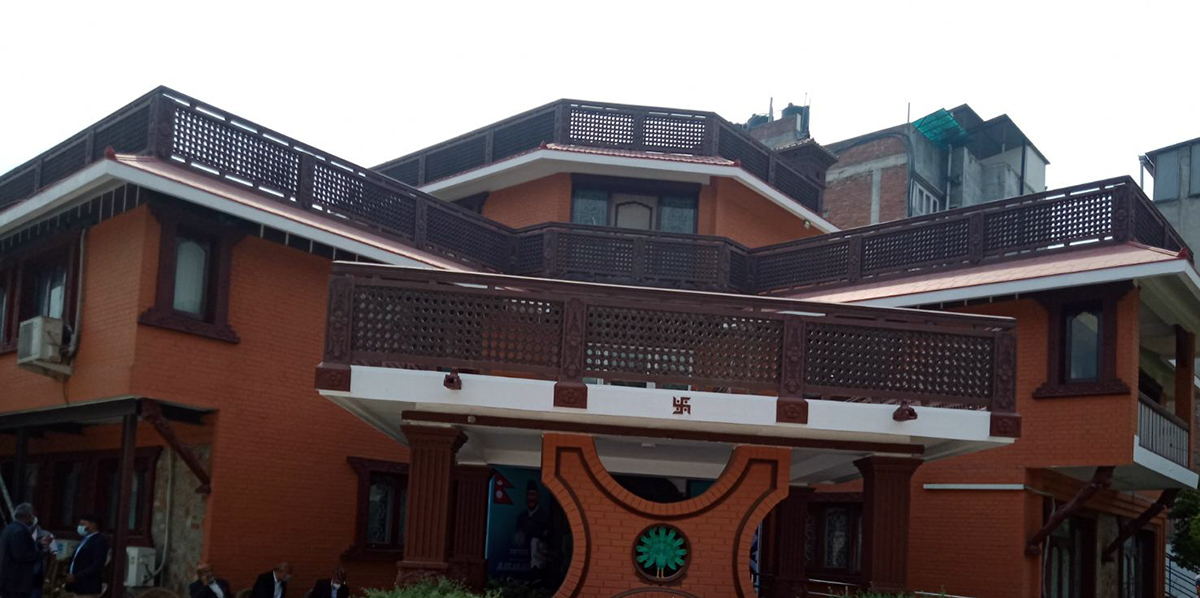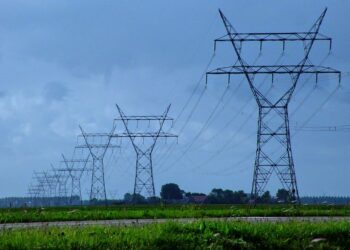KATHMANDU: The CPN-UML’s commitment of 33 percent representation of women and other social and class diversity from the Preliminary Committee to the Central Committee has given a positive message.
As per the amended statute from the first general convention of the CPN-UML held in Lalitpur in September, the party has ensured the representation of one woman in the committees of all levels and one-third of women in the working committee.
The party has decided to have one-third of women representatives and the same proportionate representation in the Central Committee for the upcoming 10th National General Convention.
With the Constitution of Nepal ensuring the representation of at least one-third of women in every structure of the state, UML is probably becoming the first party to implement it by making provisions in the party statute.
Surya Thapa, central member of the CPN-UML and deputy chief of the central publicity department, said that the provision of 33 percent compulsory women at all levels of the state is not ensured even in countries like the United States and the United Kingdom.
Thapa said, “We are initiating the provisions in the statute as well. This is a milestone in terms of restructuring the social situation.”
He also stated that the party is planning to gradually increase it to 50 percent.
“This has created a positive message for the party in all sections of the society. Moreover, this can be an example for other parties as well.”
Brinda Dhungana, a member of the UML’s Bagmati Provincial Committee, said that the provision of the party’s statute has added enthusiasm for women to lead the party.
Dhungana informed that the convention of Likhu village municipality of her home district Nuwakot has elected Durga Pudasaini as the chairperson of the committee and women are represented in most of the wards as per the party statute.
The UML has made arrangements for the tenth general convention to have five elected representatives, including at least two women, from among the office bearers and members of the state and similar committees.









Comment